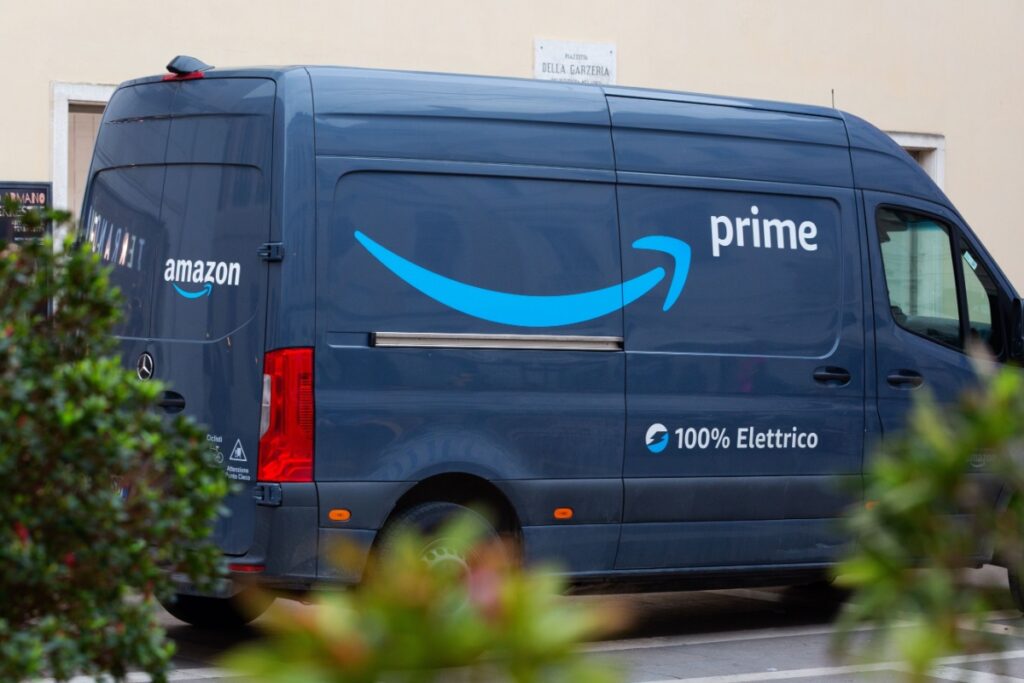Allegations and Settlement Framework
Amazon has reached an agreement to pay $2.5 billion to resolve claims by the U.S. Federal Trade Commission that it employed deceptive techniques to enroll consumers into its Prime subscription service without clear consent. Under the settlement, $1 billion is earmarked as a civil penalty, the largest such penalty ever imposed by the FTC in a consumer-protection case. and $1.5 billion is designated for refunds to affected users.
The FTC’s complaint contends that Amazon used design features such as ambiguous buttons, pre-checked boxes, and nested menu options during checkout to steer users into enrolling in Prime unintentionally. In some cases, customers were presented with a “checkout” button that did not clearly disclose it would also trigger a Prime membership.
The settlement covers enrollments made between June 23, 2019, and June 23, 2025, during which time many consumers may have been enrolled without adequately informed consent or were deterred from canceling. Amazon will not be required to admit wrongdoing under the agreement.
Consumer Refunds and Process Revisions
The $1.5 billion refund pool is intended to repay tens of millions of consumers who can demonstrate they were improperly enrolled or discouraged from canceling. According to Reuters, around 35 million consumers may be eligible for recompense, with individual payouts potentially up to $51 or more, depending on how long the unwanted subscription persisted.
Amazon has committed to notifying affected customers, who may be able to receive refunds via their original payment method or through alternate means if the original option is unavailable. The company is also obligated under the settlement to revamp its subscription flows: it must provide a “clear and conspicuous” option to decline Prime during checkout, simplify cancellation steps, and avoid re-enrolling customers without explicit consent.
In addition, the agreement provides for independent, third-party oversight to ensure Amazon complies with the new requirements. Two Amazon executives, Neil Lindsay and Jamil Ghani, are barred from engaging in any future deceptive practices related to Prime.
The Legal Front and Broader Impacts
The settlement comes amid a federal trial in Seattle that began in 2025, where a jury was set to assess whether Amazon’s design of its subscription processes violated consumer protection law. During that trial, the FTC presented internal Amazon documents that allegedly showed employees raising concerns about aggressive enrollment tactics, including a system internally dubbed “Iliad”—a multi-step cancellation flow.
U.S. District Judge John Chun has already upheld certain FTC claims, such as Amazon’s practice of collecting billing information before fully disclosing Prime’s terms. He also limited some defenses Amazon might offer. The judge also ruled that Lindsay and Ghani could face individual liability if found responsible—an unusual move in such cases.
Earlier in the case, the FTC had sought to delay the trial citing internal staffing and budget constraints. The agency claimed that losses from staff departures and hiring freezes hindered its ability to meet deadlines. Amazon opposed the delay, arguing that the trial schedule should remain intact.
Observers say this settlement marks a significant moment in how regulators address subscription practices and dark patterns in the digital economy. The FTC, under current leadership, has prioritized enforcing consumer protections in digital platforms. Some analysts note that, while the penalty is significant, it may be viewed by Amazon as a manageable cost given its scale and profitability. Still, the settlement could influence how other subscription-based digital platforms structure user flows and disclosures.
Amazon’s Prime service is integral to its strategy. With more than 200 million members and subscription revenue exceeding $12 billion in a recent quarter, Prime remains a linchpin in Amazon’s ability to drive customer loyalty, cross-sold services, and merchant engagement.
Internationally and across sectors, regulators have increasingly targeted dark patterns, forced renewals, and opaque subscription designs. This settlement may set a benchmark for how consumer consent must be structured in future digital services.


